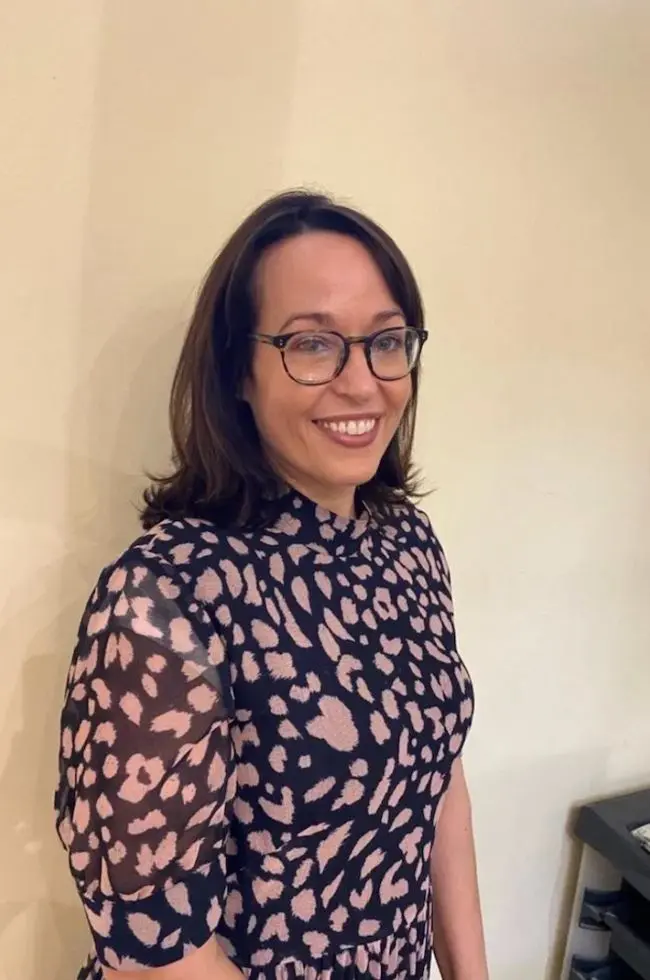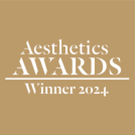
Uncategorised
A Success Story of a Level 7 Student
The VTCT Level 7 Diploma in Cosmetic Injectable Treatments is unquestionably the best way to lay the ground for a solid and successful career in Facial Aesthetics.
It will equip you with the knowledge and practical experience you need to start your own practice or seek employment at a well-establish clinic.
Registered Nurse Melanie Chang, one of our brilliant Level 7 students, shared her story and a few tips for those thinking of starting up a career in facial aesthetics. See her story below:


“Hello, my name is Melanie Chang and I am an Advanced Clinical Practitioner in emergency care. I am also a Non-Medical Prescriber in the final stages of my Master’s in Advanced Care.
I chose facial aesthetics because our face is the first way in which we present ourselves to the world. Whilst ageing is a normal process, lines and wrinkles can make us look older, angrier, and more tired than we are. Without changing who we are, aesthetics allows us to still present the best version of ourselves. Alleviating something that may seem small or even inconsequential to one can be a significant boost to the confidence and mental wellbeing of another.
Rather than transitioning per se from nursing, I see aesthetics as an extension of the skillset with which I may care for people. By medicalising beauty, I can create a synergy of two things that I really enjoy.
Tips for newbies:
Don’t rush. As with everything, you don’t know what you don’t know
Listen to your patients. Their needs are often far simpler than your interpretation.
Start from first principles. Understand the anatomy of facial ageing and work backwards to create treatment plans.
Focus your offerings. It is better to offer fewer services and do them well than to have an all-singing, all-dancing menu that lacks synergy, for which you don’t have an active client base. I’m sure Gordon Ramsay once offered similar advice in relation to restaurant menus!”
Balancing my current career with the demands of aesthetics is certainly not easy. After all, there are only so many hours in a day and the administration can be quite onerous. However, I am motivated to find the time and, to borrow an old phrase, I don’t see it as work because I love what I do.
The two biggest challenges I had were the transition to lone working and dealing with the sheer amount of admin. Coming from a hospital setting where colleagues are never far, it can be easy to be overwhelmed with preparation for and rehearsing appointments. To overcome this, I learned to reflect upon the initial consultation and to listen to my patients, what is spoken and unspoken, and to use that to take them on a journey.
Dealing with new regulations, standards, rules, and patient forms (their format, my obligations) was similarly challenging. However, I found the insurance company to be very helpful, giving good advice regarding what they look for when there is a claim, as well as the layout and prominence of certain key information. As a nurse, I also joined the BACN. For a small fee, I was able to stay abreast of key industry knowledge and my responsibilities. They also offer access to template documents, updates from industry specialists, and an excellent opportunity to network and ask questions within a safe environment.
What I like most about Interface is the degree to which I feel listened to. When I first decided to embark on my training, James took the time to understand my background, impetus for pursuing aesthetics, and perceived weakness.
Training with Interface has been important to my success in that I believe it has enabled me to provide a better service. James not only has a vast capacity for work and a wealth of knowledge and experience, but also a wonderful team of experts who are kind, patient, and generous with their knowledge. These ‘extra’ pieces of advice and techniques have served me well, enabling me to offer patients additional ‘tweaks’ that they often have not experienced previously.
My favourite treatments are focussed within the lower two-thirds of the face, as it is often overlooked by newer patients who typically request the standard three areas of toxin (i.e. forehead, glabella, and “crow’s feet”). My pleasure comes from offering a holistic view of the face and guiding patients towards a balanced approach to facial rejuvenation – especially as we wear face masks less often.
I am particularly fond of cheek filler and treating masseter with a neuromodulator. Cheek filler is impactful, offering fringe benefits to other areas of the face and represents excellent “bang for your buck.”
